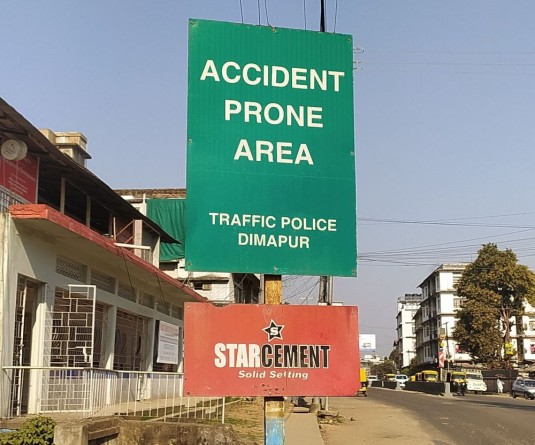
As the country observes Teachers’ Day today, I wish to participate in the celebration by presenting a few new teaching methods I developed over several years of teaching. They are based purely on my own experience in the classroom, and I report this for the benefit of teachers in the Undergraduate level. The methods have been successful in our college condition and I hope that it will be applicable in other colleges too. Here are a few of the new teaching methods which may be called Innovative Teaching Methods;
1. Road-mapping: It is important to make an individual roadmap of teaching in the beginning of each academic year or semester. This must be done by consulting the Holiday List or Calendar of Events of the institution for the academic session, to ascertain the number of working days, know the dates of working and non-working days etc. Then we can divide the Units of the Syllabus among the number of working days we have in hand to complete the course on time. Such exercise helps us to keep ourselves on track of what has been done and what more is to be done within the limited time frame. This practice makes us alert all the time and it enables us to teach the course in a systematic manner.
2. Advance Reading: Under this method, the teacher may introduce a topic to the class one or two weeks in advance. While doing so he should pick out only the most interesting part of the lesson and give a very short introduction of the concept just to generate certain amount of interest in the students’ mind. He may then announce a future date, time and place where the lesson would be discussed in detail. During this interim period the students are encouraged to read the lesson in advance by providing references with the name of the book, authors, chapters and pages etc.. Experience shows that on the appointed day as the teacher unravels the topic the students take more interest in the lesson. Questions and counter-questions follow that make the class very interesting. The teacher comes in off and on for supplementations and moderation only. Definitely 45 minutes is not enough. This method is becoming more successful these days as more and more smart students are joining the College in recent times.
3. Documentation of Teaching materials: Each teacher is expected to prepare the lessons before going to class irrespective of whatever level he teaches in. At undergraduate level it is unthinkable to enter classroom without preparation. And so whatever preparation we make over the years must be well documented. If possible such materials should be computerized and archived for future reference. This becomes handy for helping the needy students as well as for easy preparation of the same or related lesson in the future. This also helps us to teach the lesson in a systematic manner.
4. Whatsapp group: With the coming of Smart Phone and introduction of Whatsapp application, teaching has become very interesting. The moment I am allotted a class, I open a Whatsapp group for the particular class and enroll all the students in it. In order to cover those students who either don’t have a Smart Phone or any other mobile phone I divide them into groups making sure that every sub-group has at least one student with a Smart phone. Using this application I communicate with them on regular basis supplying reading materials, giving assignments, giving mark scores, clearing their doubts and providing any other information pertaining to the class. The students really look forward to using this method in learning their lessons. This method comes handy for subjects like mathematics where regular class periods are not enough to work out various problems in the classroom. Further it virtually enables a teacher to take class even during holidays and Sundays using this application.
5. Class Works: Recently I have tried another method which is to introduce a few topics in the class simultaneously and then allow the students to disburse for thirty minutes within which they are made to produce a short write up on any of the topics. They are free to visit the Library or consult any material from their text book for preparing the write up. At the end of the period the write ups would be collected and examined like any regular assignment. This method generates a lot of enthusiasm among the students.
6. Provision of additional study materials to the students: Since last year I have started another practice by opening a separate folder in the Library Computer where I would upload the study materials like MP4 videos and worked examples of Mathematics for Economists which are not transportable through Whatsapp application. I would then make announcement in the class so that any interested student may download them from the Library. Many students enjoy learning the lessons through these downloads. The above methods are all in trial and error stage and no method is foolproof and equally applicable in all situations. Accordingly these methods are only indicative in nature and in way is it claimed as non-exhaustive. A teacher knows the best and can read the best on the ground situation. Accordingly, he is expected to take his own decision and apply any tactic based on his experience and intuition as the situation calls for. Nevertheless one must realize that in teaching, creativity of the teacher does pay rich dividends!
Dr. M L Ngullie, Associate Professor, Department of Economics Dimapur Govt. College, Dimapur



